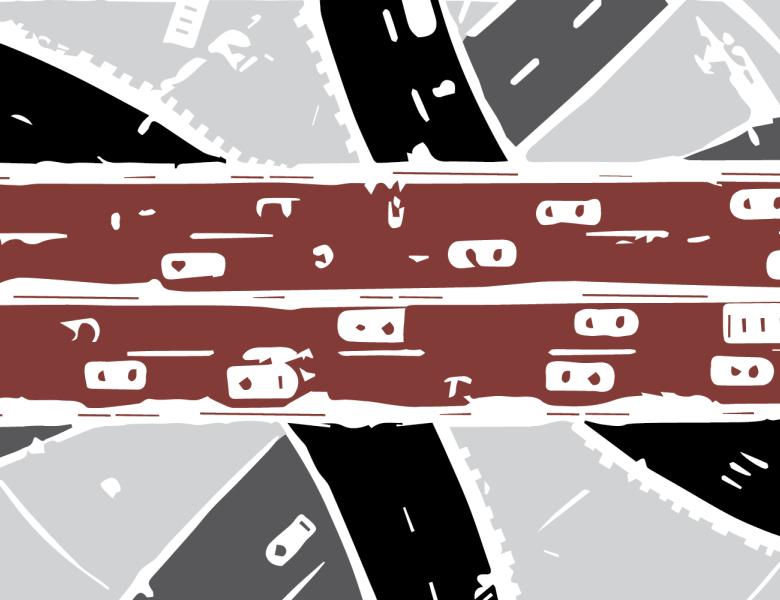
Abstract
Ridesharing platforms use dynamic pricing (so-called "surge pricing") to raise prices when demand from riders outstrips drivers' availability. This is intended to reduce rider demand and increase the number of drivers. While short-run price increases do clearly influence riders, anecdotal evidence on whether they move drivers is mixed, with experienced drivers counselling against "chasing surge". In this talk, we study this short-run impact of dynamic pricing on drivers' relocation decisions. Using a natural experiment created by a surge pricing service outage affecting a portion of Uber's driver-partners, we study how visibility of the surge heatmap affects 1) drivers' decisions to relocate toward areas with higher prices and 2) drivers' earnings. We demonstrate that surge heatmap visibility has a statistically significant impact on both outcomes. Across 10 major cities it increases drivers' earnings, attracts drivers toward areas with higher surge prices, and explains 10%-60% of Uber drivers' self-positioning decisions.


